Peak Bagging and Mountain/Hill Tick Lists for the UK National Parks
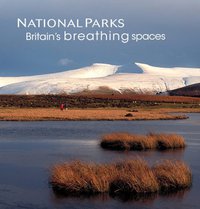
The United Kingdom has 15 National Parks - 'Britain's breathing spaces' - 10 in England covering 9.3% of the land area, 3 in Wales covering 19.9.%, and 2 in Scotland covering 7.2%.
These National Parks are areas of relatively undeveloped and scenic landscape and share two statutory purposes;
- to conserve and enhance the natural beauty, wildlife and cultural heritage of the area, and
- to promote understanding and enjoyment of the special qualities of the national park by the public.
The two national parks in Scotland have two further statutory purposes;
- to promote sustainable use of the natural resources of the area, and
- to promote sustainable economic and social development of the area's communities.
The most mountainous are the The Lake District and The Yorkshire Dales in England, Snowdonia and The Brecon Beacons in Wales, and the Cairngorms and Loch Lomond & The Trossachs in Scotland. Whilst parts of Northumberland, The Peak District and Dartmoor rise to 610m (2000ft) above sea level, the land is more hilly than mountainous. The South Downs, Exmoor and The North York Moors are are hill country while The Broads, The Pembrokeshire Coast and The New Forest are pretty flat and low level.
Despite their name, UK National Parks are quite different from national parks in many other countries, which are usually owned and managed by the government as a protected community resource, and which do not usually include permanent human communities. In the UK, areas designated as a National Park often include substantial settlements and human land uses which are integral parts of the landscape. Much of land within a UK National Park remains largely in privately owned.
Some 100 million people visit the national parks of England, Wales and Scotland every year, the majority to go walking, hiking and rambling. These visitors bring many problems including erosion and traffic congestion, and conflicts with the local population over the use of the parks' resources. Access to cultivated land is restricted to public footpaths, permissive paths and bridleways. Most (but not all) of the uncultivated areas have right of access for walking and hiking under the Countryside and Rights of Way Act 2000 (CRoW 2000).
 |
Bannau Brycheiniog (The Brecon Beacons National Park)
(Wales) |
|---|
 |
The Broads (Norfolk) (England) |
|---|
 |
The Cairngorms National Park (Scotland) |
|---|
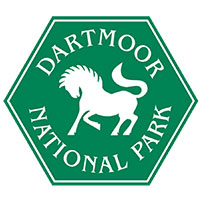 |
Dartmoor National Park (England) |
|---|
 |
Exmoor National Park (England) |
|---|
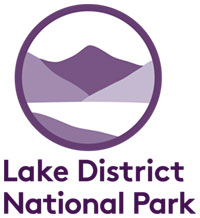 |
The Lake District National Park (England) |
|---|
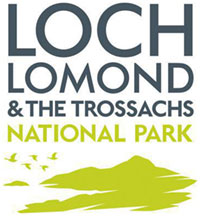 |
Loch Lomond and The Trossachs National Park (Scotland) |
|---|
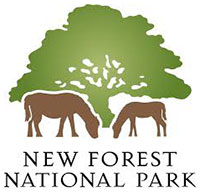 |
The New Forest National Park (England) |
|---|
 |
The North York Moors National Park (England) |
|---|
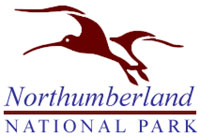 |
Northumberland National Park (England) |
|---|
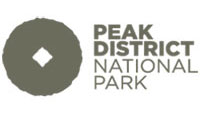 |
The Peak District National Park (England) |
|---|
 |
The Pembrokeshire Coast National Park (Wales) |
|---|
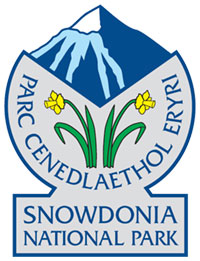 |
Snowdonia National Park (Wales) |
|---|
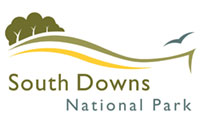 |
The South Downs National Park (England) |
|---|
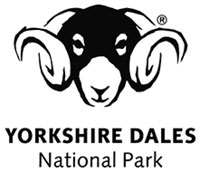 |
The Yorkshire Dales National Park (England) |
|---|




















